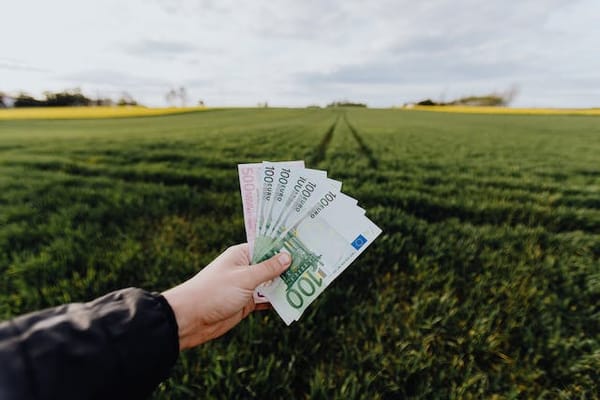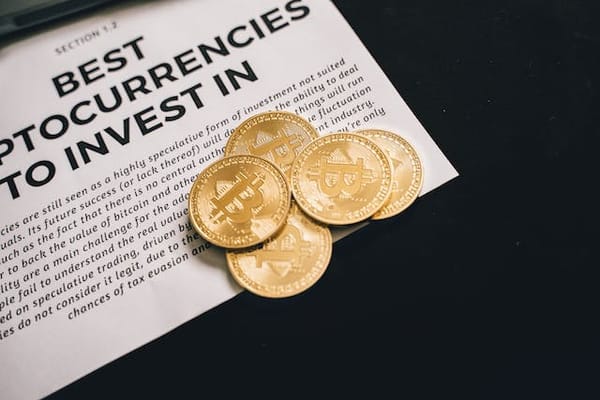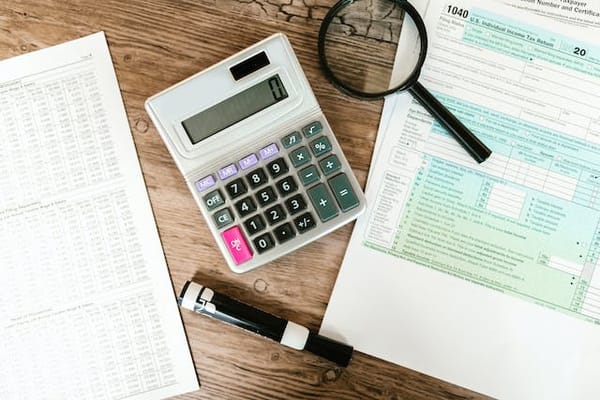The Rise of NFTs: Investing in Digital Collectibles
Explore the phenomenon of NFTs with our guide. Learn about investing in digital collectibles, unlocking insights into this evolving market
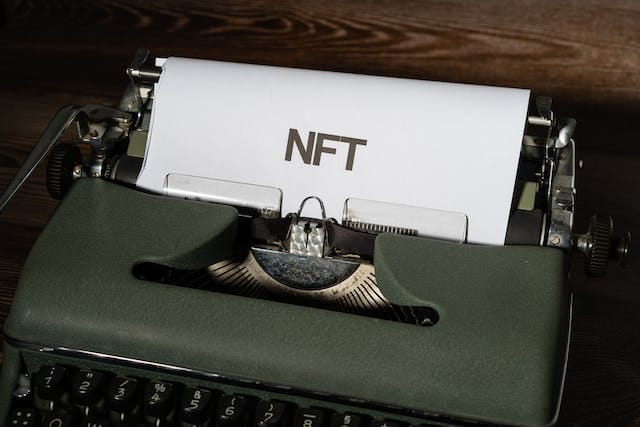
The world of art collecting and investment has been flipped on its head by the advent of NFTs, or Non-Fungible Tokens. NFTs represent a seismic shift in how we perceive value and ownership in the digital age. More than just an investment trend, NFTs stand to redefine the art world and even challenge traditional financial structures. This comprehensive guide is aimed at art collectors, cryptocurrency enthusiasts, and tech investors looking to delve into the intricate and potentially lucrative world of digital collectibles.
Introduction: The NFT Revolution
The term "NFT" has been making waves, but what do these tokens actually represent? NFTs are unique digital assets that can be bought and sold like physical items, but they operate on blockchain technology, the same underlying principle behind cryptocurrencies like Bitcoin and Ethereum. Each NFT is distinct and cannot be replicated, making it the digital equivalent of a one-of-a-kind painting or a limited edition print.
But why the sudden surge in popularity? NFTs offer something that was previously difficult to achieve in the digital realm: provenance. Authenticity and ownership are now traceable and immutable. For artists, this means they can create, sell, and verify their work directly without intermediaries. For buyers, it means they can own a piece of the digital universe with verifiable certainty.
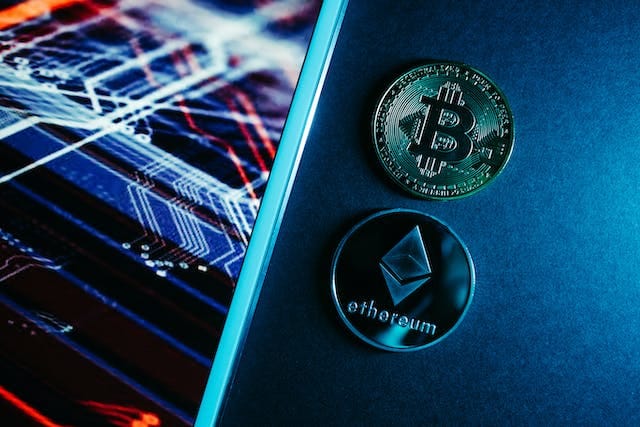
Understanding NFTs: Decoding the Jargon
To fully appreciate the NFT phenomenon, let’s demystify how they work. At their core, NFTs are smart contracts on a blockchain. Unlike cryptocurrencies, where one unit is created equal, NFTs are unique and non-interchangeable. When you buy an NFT, what you're really purchasing is the entry on the blockchain that signifies your ownership.
How NFTs Are Created and Transferred
NFTs are created using basic blockchain technology. Once a digital asset is minted — think of it as the NFT's birth — a record is made on the blockchain. From there, the NFT can be bought and sold, each transaction recorded and time-stamped, providing a clear and irrefutable history of ownership.
Types of Digital Collectibles
The most common form of NFTs currently are in the arts and entertainment sector — digital art, GIFs, memes, and even tweets. However, NFTs extend beyond creative works. They can include rare in-game items in video games, virtual real estate, and even copyrights to music and other intellectual properties.
Benefits of NFTs: Beyond the Hype
NFTs present a host of advantages, particularly for artists and creators.
Ownership and Authenticity
With NFTs, ownership extends beyond the physical. Every digital item can be tied to an NFT, making it possible to transfer many forms of virtual property or content securely. This new form of ownership is appealing to digital art collectors, allowing them to show off their collection online with the same pride as a physical gallery.
Potential for Value Appreciation
The potential for value appreciation has certainly grabbed headlines. Naysayers may call it a bubble, but there is genuine interest and excitement in the NFT space. Like any investment, there is risk, but there are also significant profits to be made, as evidenced by NFT sales reaching millions of dollars, including the sale of digital art in the auction houses of the world.
Empowering Creators
NFTs have the power to give back control and proper compensation to creators. In the digital age, where replication is easy and piracy is prevalent, NFTs offer a novel way for artists to monetize their work.
Risks and Challenges: Navigating the NFT Marketplace
The NFT market is not without its pitfalls. It's essential to understand and consider the risks before diving in headfirst.
Market Volatility
The NFT market’s rapid growth has been matched by volatility. This can mean not just the potential for quick profits but also quick losses. The market can be fickle, and it can change on a dime.
Regulatory Concerns
The lack of regulation in the NFT space is both a blessing and a curse. On one hand, it allows for new, disruptive opportunities. On the other, it can be a source of uncertainty for investors, especially as regulators worldwide are beginning to take notice.
Environmental Impact
The energy consumption of blockchain technology, particularly in the case of NFTs, has raised concerns about its environmental impact. As awareness grows, so does the pressure for more sustainable practices.
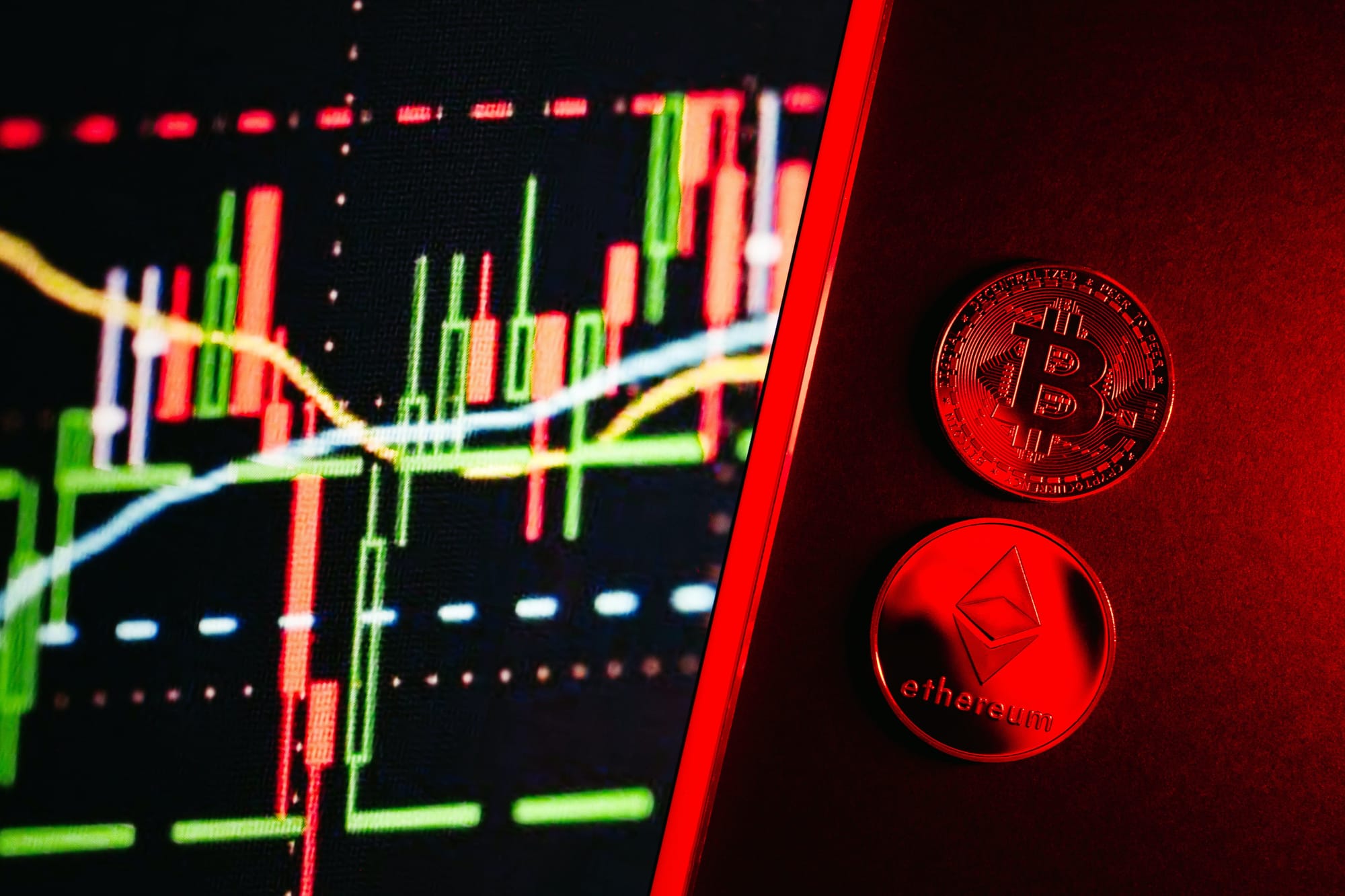
Investing in NFTs: Strategies for Success
For those looking to invest, it’s crucial to approach the NFT space with a clear strategy.
Research and Due Diligence
In the uncharted waters of NFT investment, knowledge is power. Thorough research is your best friend. Look at the history of creators, platforms, and the actual items themselves. Understand what gives an NFT value, and be selective in what you choose to invest in.
Platforms and Marketplaces
Choose the right platforms and marketplaces to ensure that the NFTs you’re buying are legitimate. Look for well-established marketplaces that have a track record of security and authenticity. Emerging marketplaces may offer exciting opportunities but proceed with caution.
Diversification and Risk Management
Just like any investment, spreading your assets among different NFTs can cushion the blow of any individual loss. Be prepared for the long game, and don’t invest more than you can afford to lose.
Case Studies: NFT Success Stories
Learn from the experiences of early adopters and successful investors in the NFT space.
The NFT Art Boom
The sale of digital artworks for staggering sums has undoubtedly captured the public's imagination. Understand how and why these sales have happened, and consider what it might mean for the future of art.
Digital Real Estate
Virtual spaces are becoming more and more valuable, with some plots selling for significant amounts. These can be used as venues for concerts, galleries, and other unique experiences that take place online but have real-world value.
The Music Industry's NFT Forays
Pioneers in the music industry have begun to experiment with NFTs, selling exclusive content and unique experiences. The era of blockchain-powered artist adoption is just beginning.
Conclusion: The Future of NFTs
Will NFTs evolve into a lasting cornerstone of digital ownership and investment, or will they become a footnote in the annals of digital history? Despite the uncertainties, it is clear that NFTs hold the potential to impact the arts, technology, and finance in profound ways.
For now, investors should approach NFTs with caution but also with an open mind. As the market matures and the technology improves, NFTs may represent a new, more democratized era in art collecting and investment. It’s an exciting time to be at the cutting edge of an industry that is part speculative, part revolutionary, and entirely digital.
